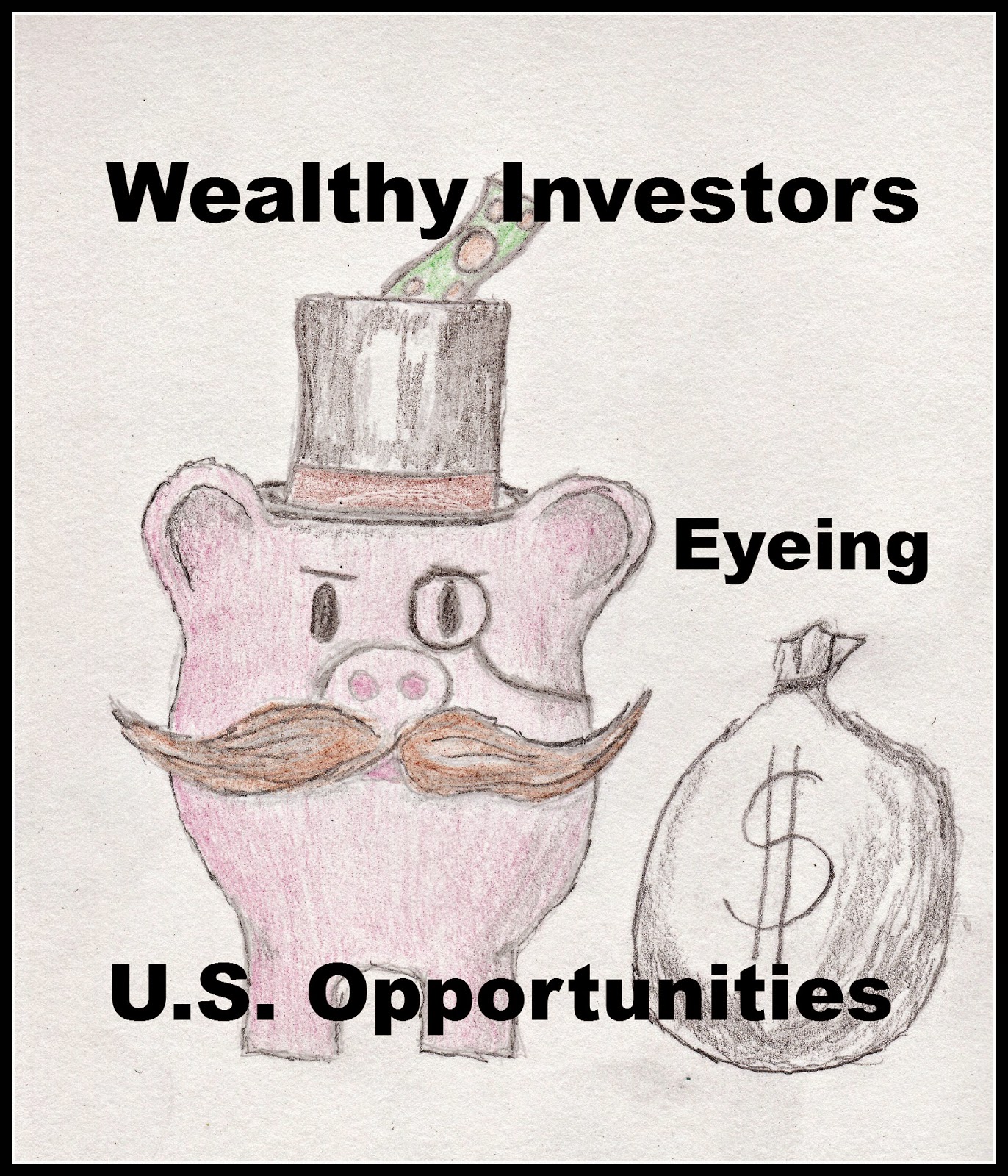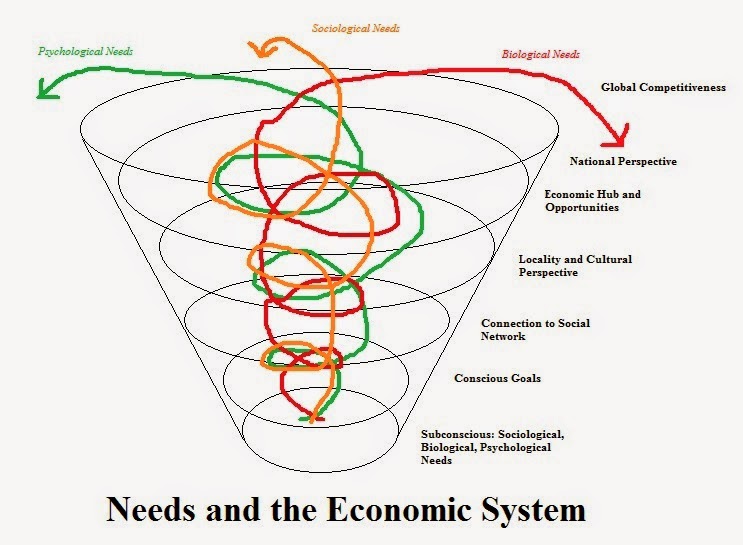The
Commerce Department stated on Tuesday that the trade gap increased in September
7.6% to $43.03. It is much larger than the estimated $38.1 billion. It is
believed that an improving GDP will lend to improvements in exports but this
not what happened. The results may be long-term or short-term but do reflect a
need for the U.S. to adjust its policies to return to a higher exportation
status unseen since a generation ago. Exportation is a solid reflector on
internal capacities of a nation to meet market demands.
Much
of the recent decline is associated with global economic factors much outside
the control of the U.S. The biggest losses were a 6.5% decline in exports to
the European Union, 3.2% to China, and 14.7% to Japan. The losses seem to
reflect lower economic activity in all three regions of the globe and may
simply be a factor of total consumption. That doesn’t mean the country can’t improve
its export capabilities.
Outside
of a slower global economy are two major points that should be considered.
Dollar Value: The dollar has
an impact on the total cost of American made products to foreign buyers. When
the dollar is cheaper American products become cheaper as well. Research supports
the idea that the deflation of the dollar improves exports (Bahmani-Oskooee
& Ardalani, 2006). The opposite is also true; a rise in value of the dollar
makes imports cheaper and lends to increased trade deficits.
Regional Export
Specialization:
One of the reasons why I am an advocate
of regional hubs is that specialization raises exportation but is not so much
as to thwart adjustments into complementary products and services when the
market shifts. According to Naude, Bosker, & Matthee (2010) and their
analysis of exportation found that specializations increased local economic
development.
The
dollar amount is difficult to adjust unless you artificially deflate its value while
a global slowdown isn’t something in our control. However, ensuring that a
greater allocation of international business is in the hands of American
companies and worker pockets is important. This requires a level of hub based development
focus to create efficiencies that lower the overall cost of production that
make companies more competitive.
When
regional hubs are attracting investments, improving their infrastructure,
developing the right skills in the local labor market, and generating market
breakthroughs they naturally lower the cost of production and improve market
relevance. The dollar may be worth more but the cost of production is lower to
thwart its damaging effect. A higher dollar can be used to purchase raw
materials and turn them into higher profit exports.
Bahmani-Oskooee,
M. & Ardalani, Z. (2006). Exchange rate sensitivity of U.S. trade flows:
evidence from industry data. Southern
Economic Journal, 72 (3).
Naude,
W. Bosker, M. & Matthee, M. (2010). Export specialization and local
economic growth. World Economy, 33
(4).


